What is Himalayan Salt
Himalayan Pink Salt, scientifically known as Pink Halite or Mineral Halite, comes from ancient salt deposits in the Punjab region of Pakistan. It is also called the “White Gold” of the Himalayas. Pink Salt is a type of salt and mineral that has been used for centuries for its healing properties. Many cultures across the world use it as regular table salt and for medicinal purposes.
It is also a staple of most people’s diets and is an essential ingredient in many recipes. The color of Himalayan salt varies from white to pink and pink to reddish brown, and the pink color is due to its variation in iron and mineral content. High iron content gives the salt reddish color, otherwise it’s naturally pink in color. Let’s discover what is Himalayan Salt.
Origin:
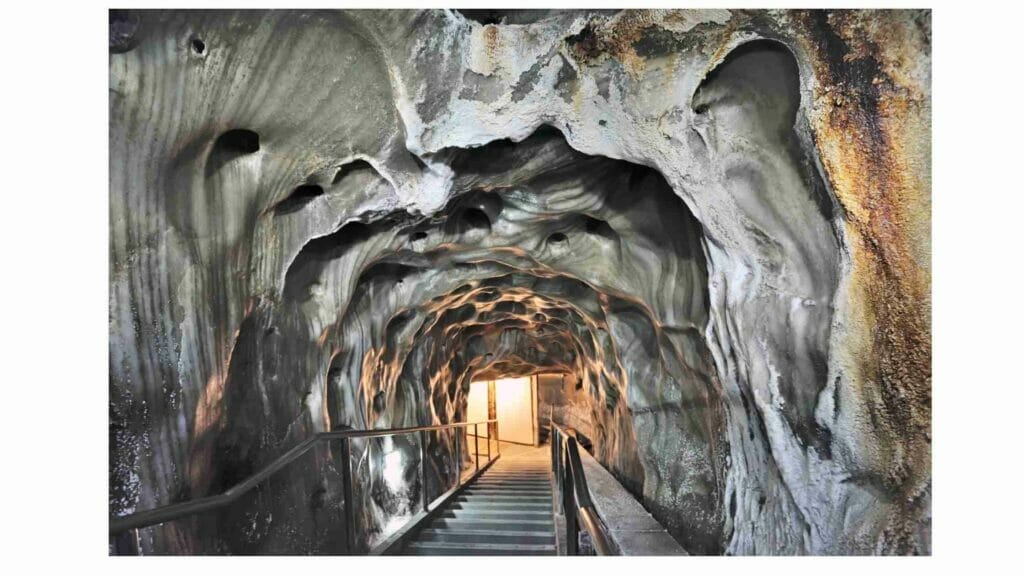
Himalayan Pink Salt is mined from a salt mine in Pakistan, in the foothills of the Himalayas, which is approximately 1136 km away from the actual Himalayan Range and about 2 hours from Islamabad, the capital of Pakistan. It is extracted from the world’s 2nd largest salt mine, Khewra Salt Mine, which is spread over an area of 186 miles.
The formation of pink salt in this region dates back to about 200 million years but still, it is one of the purest salts known to man. Over all these years, the snow, ice, and rocks in the region protected pink salt from any kind of pollutants and impurities.
Discovery of Himalayan pink Salt:

Despite all the other reasons for its popularity, Himalayan Pink Salt is also famous because of the story attached to its discovery. Around 320 BC, one day, Alexander, the Great Conqueror, and his army were marching across the Jhelum area, and they stopped for some rest near Khewra. Alexander’s men observed their horses licking stones on the ground, which they found strange. When they licked the rocks, they found them salty and reported it to Alexander. This is how the salt range was first discovered.
Many Historians are doubtful about the credibility of this story because, during British Rule in Asia, it was a common practice to associate every unknown thing with Alexander the Great, including pink Himalayan salt story.
Mughal Empire:
From the time of Alexander till the 13th Century, history reports no noticeable incidents related to Khewra or salt mining. In the early 13th Century, small-scale mining and trade of salt from the Khewra salt mine started, but this was not organized by any ruler or government. It was done by locals who started knowing the value and health benefits of pink salt.
In the 16th Century, when the Mughals came to power and built their Empire, they took over the salt mining from the local tribes and flourished the business.
Later in 1809, the Sikhs of Punjab came into power in their area and kicked out the Mughals. The salt mining process was again transferred to local Punjabis. Khewra salt mines got their name from Sikhs. Also, Sikhs partitioned Khewra salt mines:
- Hari Singh Nalwa became commander-in-chief of the Warcha (presently located in Khushab, Pakistan) mine.
- Gulab Sing, from Jammu, took control of the Khewra mines.
Salt mining is not an easy task, but at that time, it was extremely dangerous because Sikhs lacked proper equipment for mining. But still, they started transporting salt to Central Asia as well as to their region.
British Rule and Type of Salt Extraction Methods:

British came to the Indo-Pak subcontinent with the only purpose of business, and among other businesses, they took over salt mining, too, and without causing any delay, they named salt mines Mayo Salt Mines (Mayo was then British Viceroy of India). British realized the value of Himalayan Pink Salt and chalked out a plan for tunnel excavation, and took the process of rock salt mining to the commercial level.
They forced local laborers (including men, women, and children) to mine salt and used to lock them up in mines until they didn’t mine the amount of salt assigned to them. History witnessed a protest of salt miners in 1876, where 12 men were shot and killed. Their graves are located at the middle gates of mine.
Room and Pillar Concept:

The situation improved when in 1872, a British mining engineer named Dr H.Wrath, proposed a new concept for mining. This concept is known as “Room and Pillar” because the idea was to mine the tunnels in a way that only 50% of salt should be mined and much salt is left behind in its place. The left-behind salt worked as pillars and supported my structure of mine. This Room and Pillar concept is the reason that salt is still mined from the Khewra salt mines, and it is still in its place without collapsing. Also, it added to the beauty of Salt mines because the left behind salt rooms and pillars make tunnels look like a pink maze.
Later after First World War, the British bought heavy equipment for the area and started using it for mining, including steam engines, electricity, and diesel generators. This elevated the Himalayan salt production, and it reached 287,000 tons per annum.
Later after First World War, the British bought heavy equipment for the area and started using it for mining, including steam engines, electricity, and diesel generators. This elevated the Himalayan salt production, and it reached 287,000 tons per annum.
Current Salt Mining Situation:
Today, Pakistan is the global exporter of Himalayan Pink Salt, and mining is done on a very large scale. The whole mining and excavation process is highly regulated to ensure the purity of pink salt. Himalayan Salt mining is expanding as the tunnel system is extended to 19 levels which makes around 25 miles. Currently, salt production reaches 400,000 tons per annum, making Khewra the most productive salt mine in the world. People think Himalayan salt is extinct and wonder that reserves of Himalayan salt may come to an end but stats show that 600 million tons of salt are still stored in mines which makes it enough to be mined for more than 350 years.
Himalayan Salt Benefits
Health Benefits of Himalayan Salt:
Himalayan Salt’s benefits range from skincare to heart problems, anxiety issues to sleep disorders, respiratory diseases to eczema. Studies have compared the health effects of Himalayan salt and regular table salt. Some of the Health claims and Health effects of Pink Himalayan Salt are listed below:
- Regulate Blood Sugars
- Improve Respiratory Diseases
- Balance Body’s pH Level
- Improves Sleep Quality
- Increase Bone Strength
- Reduce Sinus related problems
- Slow down aging
- Aids Metabolism
Pink Salt Nutrition
Himalayan salt is a type of salt that contains 84 elements, along with the regular Sodium Chloride, including trace elements, which makes it highly beneficial for health. These 84 minerals in Himalayan Pink Salt include potassium, calcium, magnesium, and iron. Sea salt contains much sodium than Himalayan salt per serving. Himalayan salt contains 1680 mg of sodium per teaspoon whereas regular table salt contains 2360 mg of sodium per teaspoon.
Culinary Use

Himalayan salt is used in the same way as regular salt, both in cooking and baking. But due to its high nutritional value, top chefs consider it a true gourmet cooking salt, use pink Himalayan salt blocks, and also for finishing salt. Himalayan Pink salt is used in seasoning, roasting, cooking, and grilling as a coarse salt. Coarse salt has a bit larger crystals than table salt. It is trending to cook food (especially steaks) over the block of pink salt because Himalayan Salt has a saltier flavor than table salt.
Himalayan Salt Benefits for Skin
DIY beauty trends these days use Himalayan Salt as one of their main ingredients because it provides hydration and can be a good exfoliator for the skin. It is used in many beauty products, including facial scrubs. Himalayan Pink Salt contains antibacterial and astringent properties, and DIY natural deodorants are a good substitute for harmful aluminum-containing deodorants.
Benefits of Himalayan Salt Spa Therapy
Himalayan Salt therapy, also known as Halotherapy, is trending due to its numerous benefits. Himalayan salt therapy is said to be one of the most effective treatments for various ailments. It is a natural treatment and does not contain any harmful chemicals or toxins. This therapy feels so relaxing and is said to be a solution for a wide variety of problems, from depression to breathing issues. You can make salt room at home by piling up large blocks of salt.
Pink Himalayan Salt Bath
Pink salt makes a good body scrub to be used as bath salts. This combats cellulite under your skin and improves blood circulation. Pink Himalayan Salt may be mixed with any of your favorite essential oil and you can have a wonderful experience.
Salt Lamps and Decoration Pieces
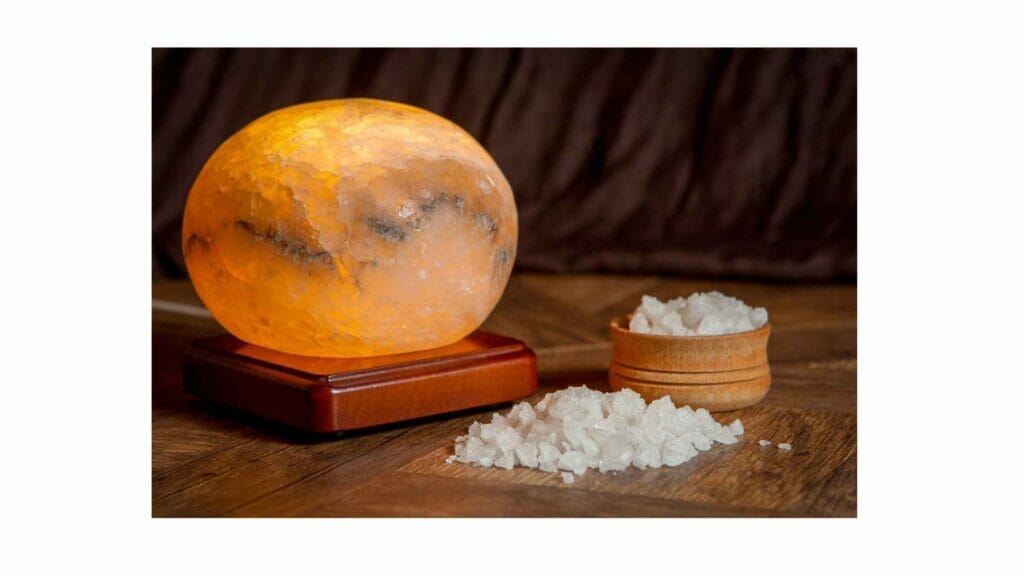
Himalayan Pink Salt lamps and decoration pieces are unique in the sense that they not only add to aesthetics but also are a great source of relaxation. They release elements that purify the air by clearing any sort of impurities like pollen and dust. Salt Lamps are also good for insomnia patients. The best thing about Himalayan salt lamps is that they are very economical and their characteristic pink color adds uniqueness. You can easily find them in the market.
Animal Lick

Himalayan pink salt is the most effective salt for your pets. It is very beneficial for them and helps to maintain their healthy diet. It also helps to prevent illness and promote good health. Pink Himalayan salt provides a good amount of magnesium, which is essential for the body. Some animals, such as horses, require salt lick on a regular basis as supplements.
Himalayan Salt VS Sea Salt (Table Salt)
Himalayan Salt is one of the healthiest salts on the earth and is surely better than Sea Salt because it contains 84 trace minerals. The presence of these trace minerals makes it healthier than sea salt and regular table salt. These 84 minerals in the salt include potassium, calcium, magnesium, and iron. Himalayan Salt has a number of health benefits. Himalayan salt contains less sodium than regular table salt, so Himalayan salt is a better option for patients with high blood pressure and heart problems. Salt intake should be monitored in both cases i.e. Himalayan Salt and Regular table salt because salt often causes health problems. Patients with cardiovascular diseases are prescribed to use less salt.
Final Words
In this modern age of industrialization, it is hard to find something as nutritious and pure as Himalayan Pink Salt. It is an all-rounder and can be used in multiple ways, from cooking to skin care, from medicine to house décor. Himalayan salt is chemically similar to table salt but contains less sodium per teaspoon.
FAQs:
Is Himalayan salt good for you?
Himalayan Pink salt contains 84 trace minerals and elements, other than regular sodium chloride. These trace elements add to the nutrition and prove beneficial for many medical conditions. You can use regular table salt if you want but the fact that pink Himalayan salt contains dozens of trace minerals and these additional minerals provide health benefits.
What is the difference between Himalayan Salt and Regular Salt?
Himalayan Pink Salt is a pure unprocessed mineral that is the best source of minerals. Sea salt is processed by solar and mechanical evaporation. All the trace minerals are left behind in the ocean. It is a fact that if you don’t have minerals in your body, you may have a hard time fighting off infection. Sea salt doesn’t have any minerals and Himalayan pink salt is a natural mineral salt. Himalayan pink salt also contains minerals like calcium, magnesium, potassium, and iron. Himalayan salt has less sodium than common table salt. Also, Himalayan salt is sometimes referred to as Himalayan sea salt.
What are the side effects of Himalayan Salt?
Excessive intake of Himalayan Pink Salt can be risky, just like any other salt. Side effects of pink salt include: High Blood Pressure, Imbalanced hormones, imbalanced Sugar Level, Kidney Problems, Irregular Heart Rhythm.
These side effects are not only restricted to Himalayan salt because they’re also likely to occur when you use table salt or any other type of rock salt. So if you’re suffering from any of these, you need to monitor your salt consumption.
Is Himalayan Salt healthier than Sea Salt?
Himalayan salt is often touted as being healthier than sea salt due to its higher mineral content. Himalayan salt contains more than eighty different trace minerals, while sea salt has just a few. Himalayan salt also has a lower sodium content than sea salt, which makes it a better choice for people who need to watch their sodium intake.
Additionally, Himalayan salt is free of additives and chemicals that are found in some types of processed sea salts. However, the difference in health benefits between the two types of salts is minimal, so it ultimately comes down to individual preference when deciding which type of salt to use. Both Himalayan and sea salt can be used in cooking and baking, but Himalayan salt may add a unique flavor to dishes due to its mineral content.
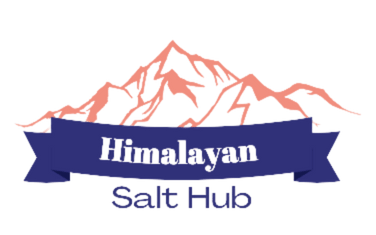

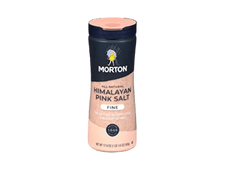
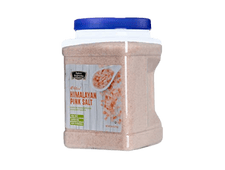
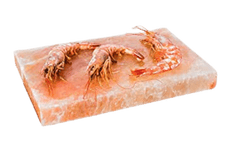

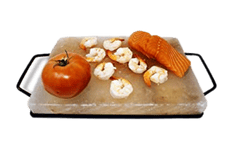
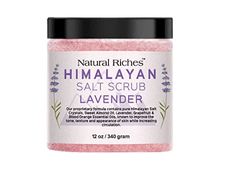
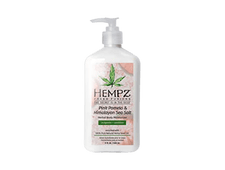
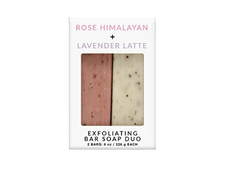

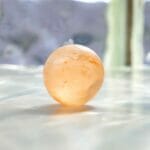

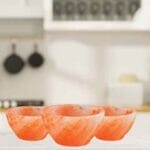
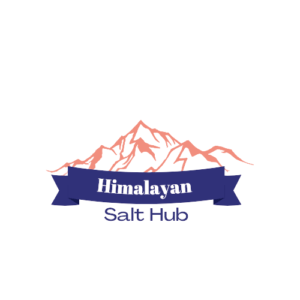
0 Comments